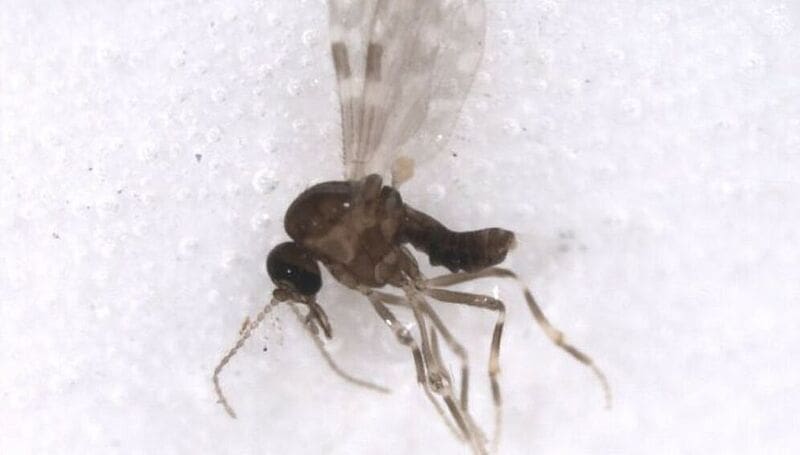Deadly Oropouche virus: real risk for Europe proven
Researchers at the Bernhard Nocht Institute for Tropical Medicine in Hamburg, together with the University of Hamburg and other institutions, have investigated the risk of transmission of the Oropouche virus by mosquitoes common in Europe. The results show that the invasive Asian tiger mosquito can transmit the virus under certain climatic conditions, which poses a potential risk for southern Europe.
The Oropouche virus, an arbovirus transmitted by blood-sucking arthropods, was previously known to be transmitted mainly by midges. Since the beginning of 2024, the Pan American Health Organization has recorded a sharp increase in infections in Central and South America with over 11,000 confirmed cases, including deaths and evidence of serious complications such as miscarriages and microcephaly when transmitted during pregnancy. The World Health Organization classifies the risk in affected regions as high. In Europe, isolated cases have already been detected in returning travelers, but it was previously unclear whether mosquitoes can transmit the virus.

The study examined five species of mosquitoes common in Europe, including the native species Culex pipiens and Culex torrentium as well as the invasive species Aedes aegypti, Aedes japonicus and Aedes albopictus. In the laboratory, the mosquitoes were infected with the virus and observed under different temperatures. Only the Asian tiger mosquito showed a low ability to transmit the virus via its saliva at temperatures between 24 and 27 degrees Celsius. Other mosquito species and lower temperatures did not lead to any transmission.
An analysis that combined laboratory data with climate data and distribution maps of the Asian tiger mosquito revealed that regions around the Mediterranean, particularly in Spain, southern Italy, Greece and Turkey, could offer climatic conditions in summer that allow seasonal virus transmission. Aedes albopictus is already established in these areas. Although the transmission capacity of the mosquito is low, the researchers emphasize the need for vigilance and further investigation, as introduced viruses could circulate under suitable conditions, similar to dengue, Zika or chikungunya.
“Our results show that Oropouche could in principle also be transmitted in Europe if infected travelers encounter populations of Aedes albopictus in warmer regions,” says Dr. Anna Heitmann, last author of the study. “Vector competence is low, but not zero – this calls for vigilance and further research.”
The findings, published in The Journal of Infectious Diseases, underline the importance of surveillance and early warning systems for mosquito-borne diseases in Europe. In view of global mobility and climate change, research is crucial to better assess the risk of new infectious diseases and develop protective measures.
Original Paper:
Jansen S*, Lû¥hken R*, HûÑller P et al. (2025): Risk assessment of Oropouche
virus transmission by mosquitoes in Europe. The Journal of Infectious Diseases.
DOI: 10.1093/infdis/jiaf356
(*shared first authorship)
Read also:
Oropouche virus more widespread in Latin America than previously known – MedLabPortal
Oropouche virus: Silent in human populations – MedLabPortal
Oropouche mutates into a death virus – MedLabPortal
Editorial office: X-Press Journalistenbû¥ro GbR
Gender note. The personal designations used in this text always refer equally to female, male and diverse persons. Double/triple references and gendered designations are avoided for the sake of better readability ected.




